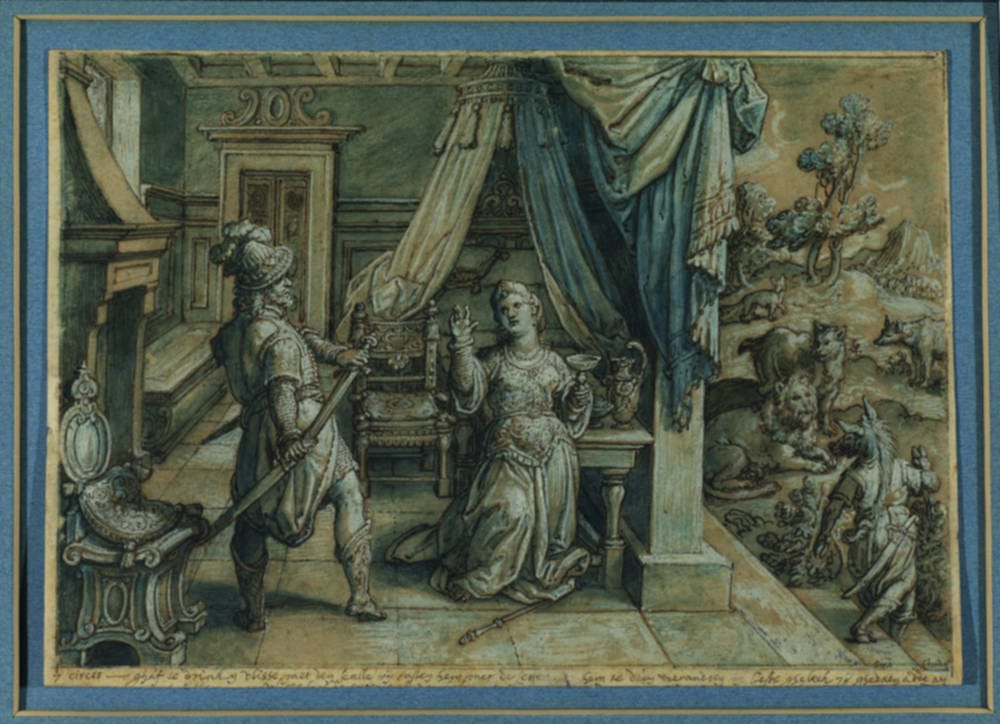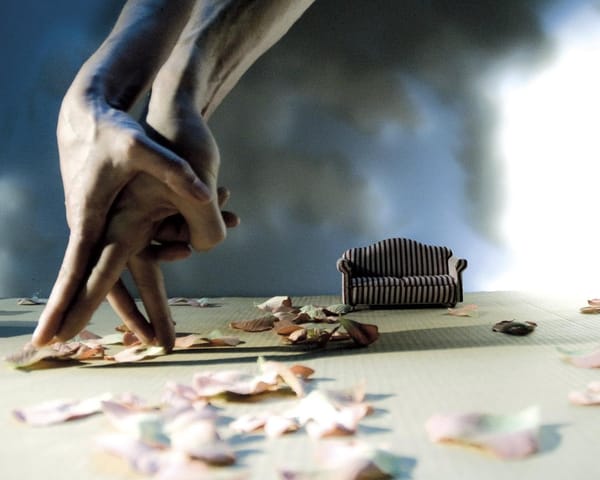Reading Drawings
Despite its efforts at making ancient scribbles interesting, Reading Drawings remains slightly too academic for the general public

Marginalia are the annotations one finds scribbled in the margins of a text; they can be insightful, witty or rude depending on the commentator in question. Reading Drawings is a new collection at the Courtauld Gallery that aims to showcase the equivalent in drawings – inscriptions on sketches dating from the 16th to the 20th century.
Unlike the marginalia in books, where readers jot down their thoughts on the text, writings on drawings are more often done by the artists themselves, and on rough sketches rather than the final masterpiece. As signatures are possibly the most natural mark to make on an artwork, a variety are on display in Reading Drawings. Particularly interesting are instances of drawings signed by someone else. One such example is a sketch of a female nude purportedly by Auguste Rodin: the "uncharacteristically even pressure" in the false signature suggests instead the work of the forger, Hand B. In contrast, the handwriting of a reliable collector helps to identify the creator of a sketch from the 18th century. Unrelated notes on sketches also provide amusing insights about the artists who wrote them. An ancient grocery list from the 15th century makes an appearance, as do a painter’s musings about the amount of money he is soon to be paid. Despite its efforts at making ancient scribbles interesting, Reading Drawings remains slightly too academic for the general public. The exhibition is small, with only 20-odd sketches, but manages to suffer from a lack of organisation: the introduction to the exhibition is placed awkwardly in a far corner and there is no indication as to any order or arrangement in which one should view the displays. Moreover, despite the title ‘Reading Drawings’, the inscriptions are not actually transcribed or translated for the viewers to read. Without excellent eyesight and knowledge of Latin, Dutch or Italian, viewers can only rely upon the curator’s interpretation and comments to make sense of the writing on the drawings; this leaves one feeling rather unsatisfied.
However, Reading Drawings is only a part of the much larger attraction that is the Courtauld Gallery's permanent collection of world-famous paintings. Stop at Reading Drawings along the way if time permits, but if not – it’s no great loss either.
Reading Drawings is on at the Courtauld Gallery until the 4th of June. Free entry to students.








